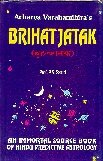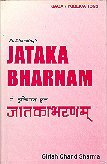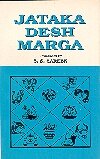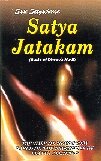
|
The Astrology Center of America, 207 Victory Lane, Bel Air, MD 21014 Tel: 410-638-7761; Toll-free (orders only): 800-475-2272 |
||||||
|---|---|---|---|---|---|---|
| Vedic TITLE Index | Vedic AUTHOR Index | Vedic PAGES Index | Vedic SEARCH Engine | Astrology Home | E-Mail: | |
 |
Vedic Astrology:Jatakas |
All in one place, books with Jataka or Jatakam in their titles. "Jataka" means horoscope. Most of the strange titles here have simple translations: Brihat Jataka is natal horoscope, for which there are three translations to choose from. Nasta Jatakam is lost horoscope, Satya Jatakam is Satyacharya's horoscope, etc.
 |
||
 |
||
 |
||

|
||
 |
||
 |
||
 |
||

The Astrology Center of America
207 Victory Lane, Bel Air, MD 21014
Tel: 410-638-7761; Toll-free (orders only): 800-475-2272
| Vedic TITLE Index | Vedic AUTHOR Index | Vedic PAGES Index | Vedic SEARCH Engine | Astrology Home | E-Mail: |
|---|